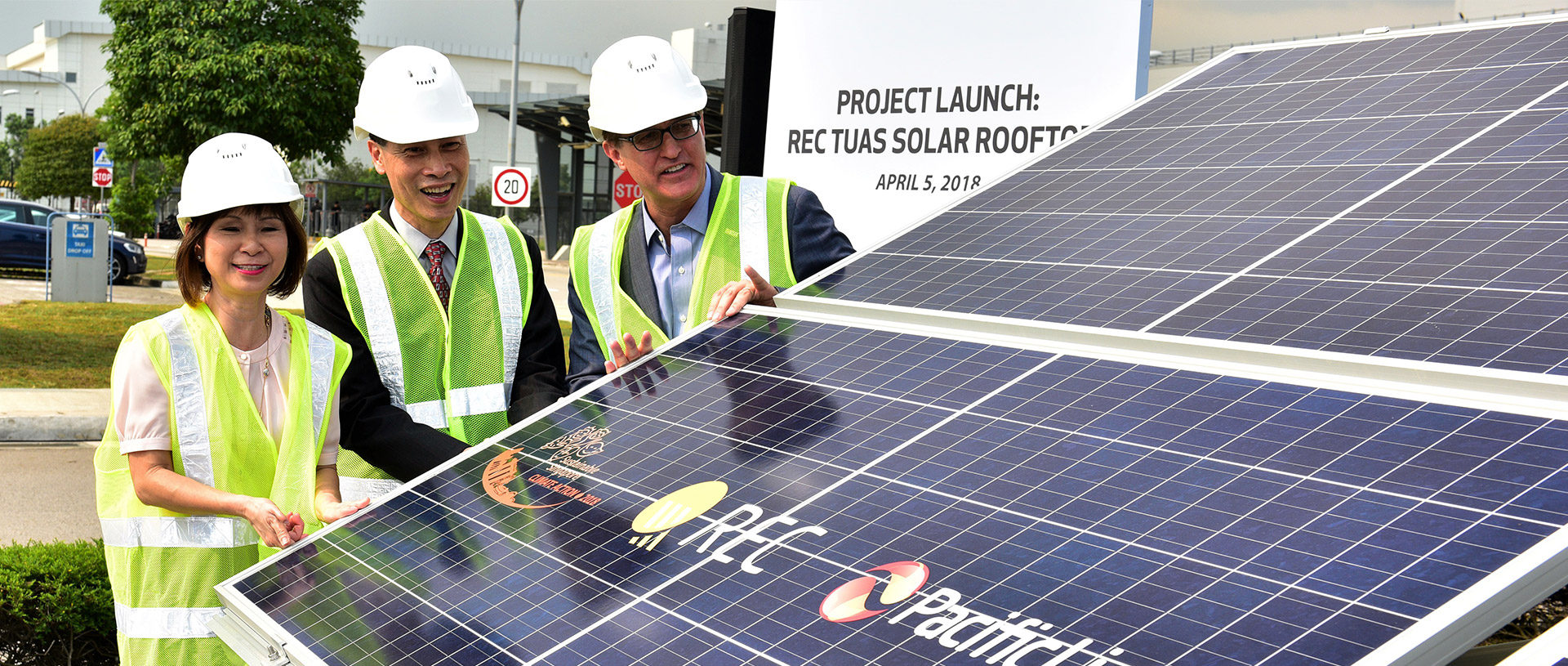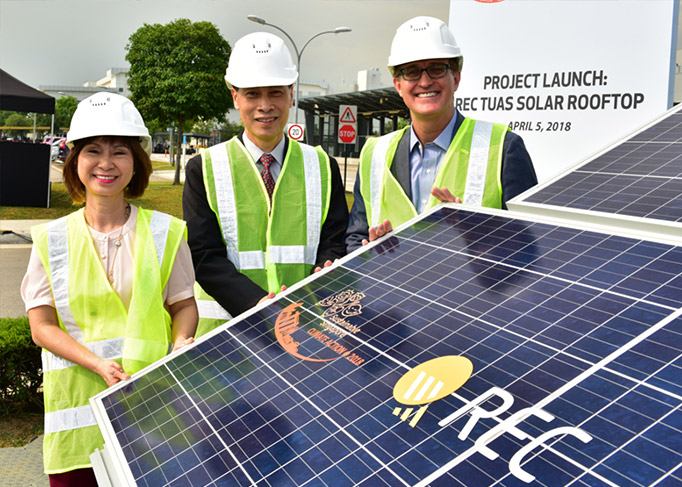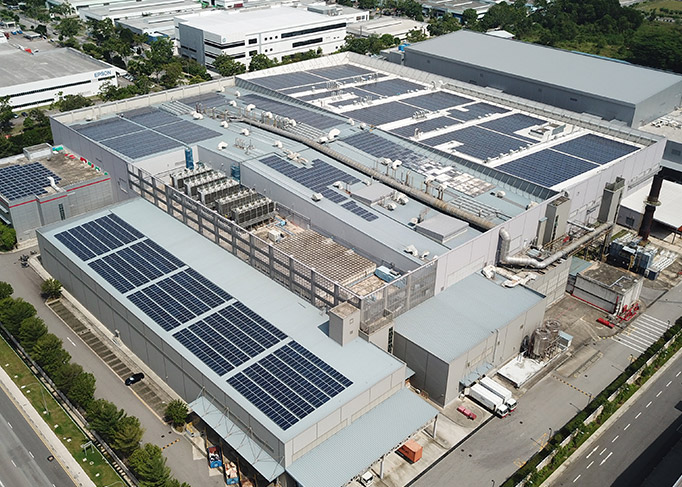Demand for solar power is booming in energy-hungry South-East Asia. Learn more about solar energy partnership and innovation opportunities in Singapore.
In Singapore, green is the new black.
Every Tiger Beer consumed in Singapore is brewed using solar energy. Microsoft and Facebook are powering data centre operations with renewable energy. With the nationwide Open Electricity Market launch, residents here can access solar energy on the national grid without the need for roof space.
Indeed, going green is no longer just about corporate social responsibility, but of golden opportunity.
Cleantech appetites growing strong in South-East Asia
Energy consumption in South-East Asia has increased twofold over the past 20 years and will double again by 2035, according to the 2018 International Renewable Energy Agency report. To secure sustainable growth, the members of the Association of Southeast Asian Nations (ASEAN) are driving a transition to green energy, with a regional target to secure 23 per cent of primary energy renewably by 2025.
With ASEAN set to become the fourth-largest economy in the world by 2030, its solar photovoltaic (PV) market is serious business. By 2030, the clean energy industry will create an additional 2.2 million jobs in SEA. Its solar PV capacity is projected to surge, tripling between 2016 and 2040 to 160GW.
Growing energy demands come at a time when solar power is increasingly affordable and attractive. The cost of solar energy is already on par with conventional energy, tumbling 85 per cent since 2008.
With demand and supply trends converging, SEA’s solar energy prospects are indeed bright.
Clear skies ahead for win-win partnerships
Solar energy players are thriving in SEA – milestone energy partnerships were recently announced in Singapore, the region’s emerging cleantech hub.
Earlier this year, global solar solutions manufacturer REC Group (REC) launched Singapore’s largest rooftop solar installation at its Asia Pacific regional headquarters in Tuas. Built in collaboration with electricity retailer PacificLight Energy, REC’s solar farm boasts a solar PV system capacity of 2.37 megawatts and will generate 2,600 megawatt hours annually for REC’s plant and the national grid. Annual carbon emissions will be reduced by over 1,200 metric tonnes – the equivalent of planting 64,000 trees.









